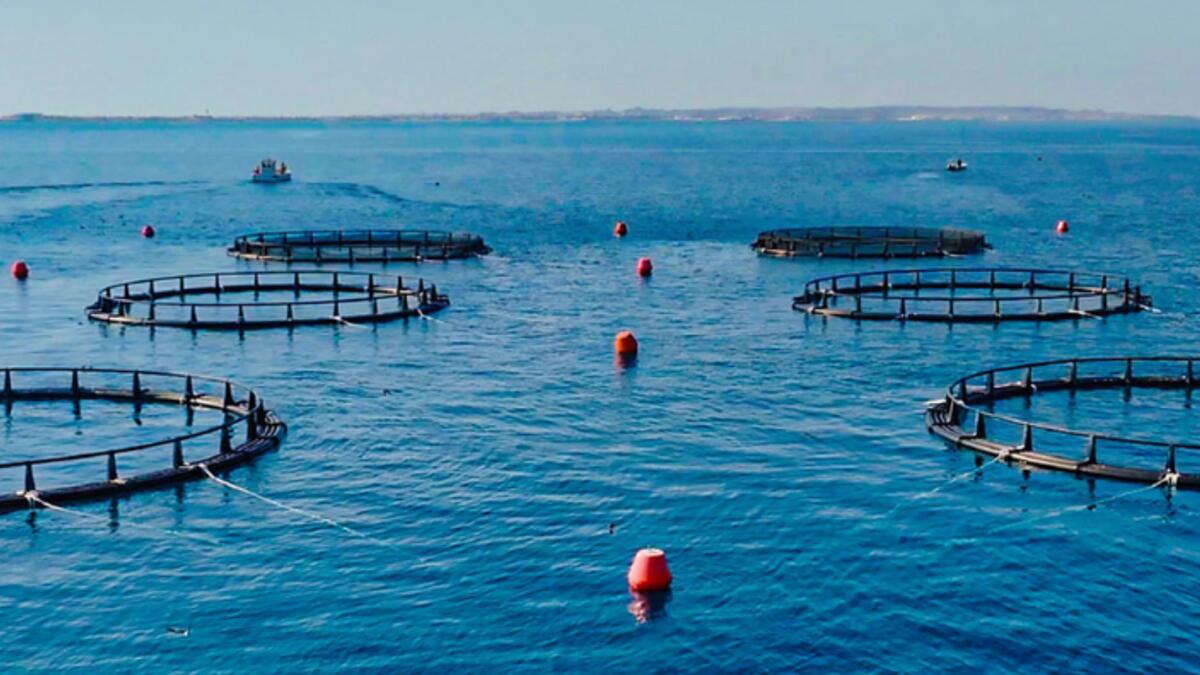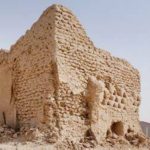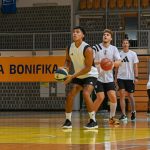The Environment Agency – Abu Dhabi (EAD) has recently launched the first sea cages aquaculture project in the Capital. The project aims to alleviate pressure on wild fisheries resources and combat the impacts of climate change. It also aims to support food security goals amidst the growing demand for seafood and attract future investments in the sector. The project consists of six floating sea cages capable of producing 100 tonnes of fish annually, focusing on local high-value species like Safi Arabi, Gabit, Shaam, and Sheri.
Situated in the southeast of Delma Island in the Al Dhafra Region, the project will conduct scientific studies and research on cultivating local fish species using floating aquaculture cage systems. It also aims to develop environmental protocols for sustainable sea-based aquaculture in Abu Dhabi. Equipped with an advanced monitoring and data collection system utilizing artificial intelligence, the project is the first of its kind in the Middle East. It will implement solutions to manage aquaculture operations efficiently and use environmental sensors to monitor marine water quality parameters.
Before establishing the project, EAD conducted integrated hydrodynamic and environmental modeling to identify sustainable aquaculture development zones in the Al Dhafra Region. The modeling was crucial in determining the maximum biomass of fish that can be sustainably cultured in selected sites without harming the environment. The model also analyzed wave and particle movements, as well as water quality, to ensure the environmental sustainability of the chosen locations. Dr. Shaikha Salem Al Dhaheri, Secretary-General of EAD, emphasized the importance of promoting sustainable aquaculture and implementing policies to cultivate local fish species vulnerable to overexploitation.
Aligned with the UAE government’s vision, the project prioritizes the development of aquaculture for its economic and environmental benefits while reducing pressures on declining natural fish stocks. A thorough survey was conducted to select the most suitable location for the project, utilizing hydrodynamic modeling and comprehensive site surveys. The project aims to create a sustainable aquaculture environment and contribute to the UAE’s goals of enhancing food security, supporting the economy, and protecting natural resources. It also serves as a model for future aquaculture projects in the region and promotes innovation in the sector.











